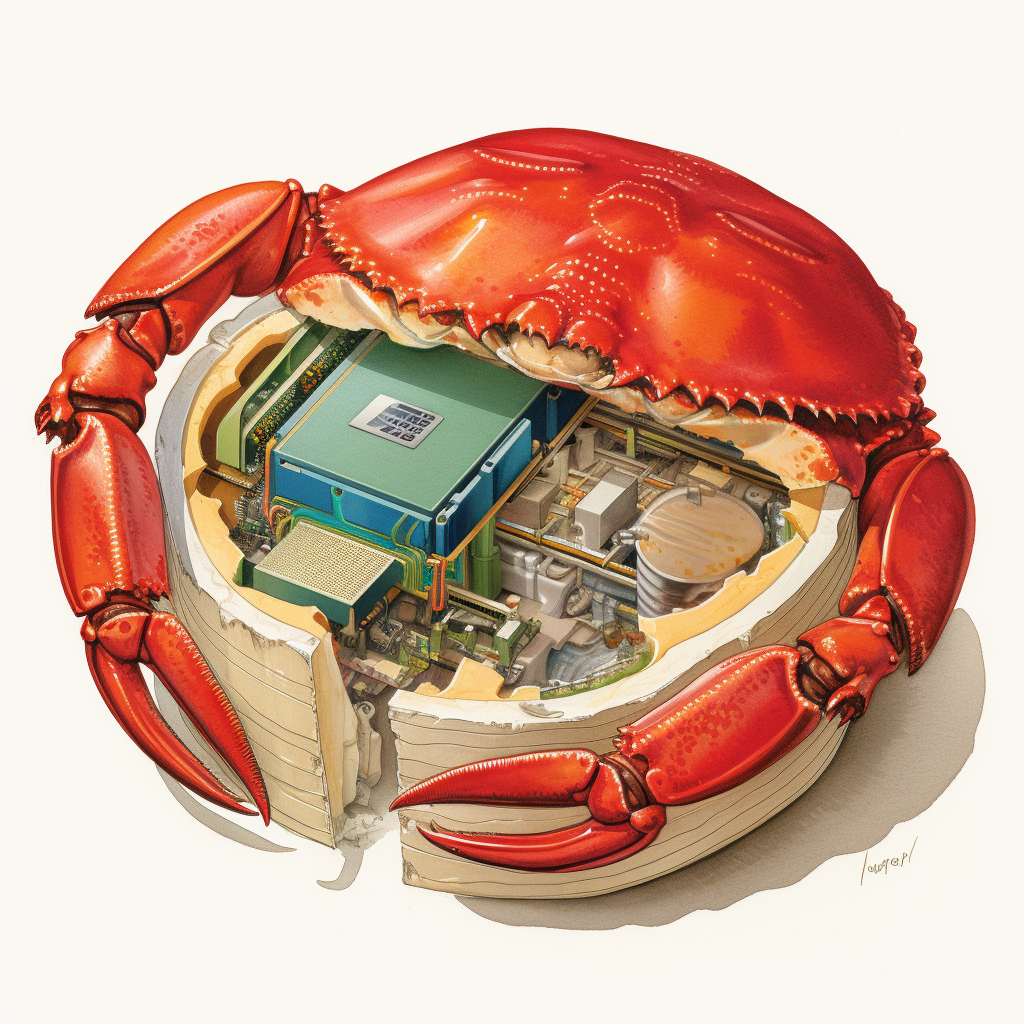Expand description
Creating and crafting a tasty slab of memory.

§What
crabslab is a slab implementation focused on marshalling data between CPUs and GPUs.
§But Why?
It’s hard to get data onto GPUs in the form you expect.
To marshall your data correctly you must know about the alignment and sizes of the underlying representation of your data. This will often surprise you!
Working with a slab on the other hand, only requires that your types can be written into an array and read from an array.
§Opinion
Working with shaders is much easier using a slab.
Shader code can be written in Rust with rust-gpu,
which will enable you to use this crate on both CPU and GPU code.
§rust-gpu
This crate was made to work with rust-gpu.
Specifically, with this crate it is possible to pack your types into a buffer on the CPU
and then read your types from the slab on the GPU (in Rust).
§Other no-std platforms
Even though this crate was written with rust-gpu in mind, it should work in other no-std
contexts.
§And How
The idea is simple - crabslab helps you manage a heap of contiguous u32s (roughly in the form of Vec<u32>).
Types implement the trait SlabItem which writes the type into an index of the slab as contiguous u32s and also
reads them out symmetrically.
crabslab includes:
- a few traits:
SlabGrowableSlabSlabItem
- a derive macro for
SlabItemfor your types - a few new structs for working with slabs
IdArrayOffset
- a helper struct
CpuSlabwhich wraps anything implementingGrowableSlab - feature for deriving
SlabItemforglamtypes
§Example
use crabslab::{CpuSlab, Slab, GrowableSlab, SlabItem, Id};
use glam::{Vec3, Vec4};
#[derive(Debug, Default, SlabItem, PartialEq)]
struct Light {
direction: Vec3,
color: Vec4,
inner_cutoff: f32,
outer_cutoff: f32,
is_on: bool
}
impl Light {
fn standard() -> Self {
Light {
direction: Vec3::NEG_Z, // pointing down
color: Vec4::ONE, // white
inner_cutoff: 0.5,
outer_cutoff: 2.6,
is_on: true
}
}
}
fn cpu_code() -> (Id<Light>, Vec<u32>) {
let light = Light::standard();
// Create a new slab on the CPU-side.
// Using CpuSlab make `append` unambiguous, as `Vec` has its own `append` function.
let mut slab = CpuSlab::new(vec![]);
let id = slab.append(&light);
(id, slab.into_inner())
}
fn shader_code(light_id: Id<Light>, slab: &[u32]) {
let light = slab.read(light_id);
assert_eq!(Light::standard(), light);
}
let (light_id, slab) = cpu_code();
// marshalling your data depends on which GPU library you are using...
shader_code(light_id, &slab);Modules§
- bits
- Bitwise operations for creating tightly packed impls of
SlabItem. - impl_
slab_ item - offset
- Struct field identifiers.
Structs§
- Array
- A pointer to contiguous
Telements in a slab. - Array
Iter - Iterator over
Ids in anArray. - CpuSlab
- A wrapper around a
GrowableSlabthat provides convenience methods for working with CPU-side slabs. - Id
- An identifier that can be used to read or write a type from/into the slab.
Constants§
Traits§
- Growable
Slab - Trait for slabs of
u32s that can store many types, and can grow to fit. - Slab
- Trait for slabs of
u32s that can store many types. - Slab
Item - Determines the “size” of a type when stored in a slab of
&[u32], and how to read/write it from/to the slab.
Functions§
- __
saturating_ sub - Proxy for
u32::saturating_sub. - array_
index - array_
index_ mut - slice_
index - slice_
index_ mut
Derive Macros§
- IsContainer
- Creates a proxy type to implement
IsContainerfor, whereIsContainer::Containerresolves to the type being derived. - Slab
Item - Derives
SlabItemfor a struct.